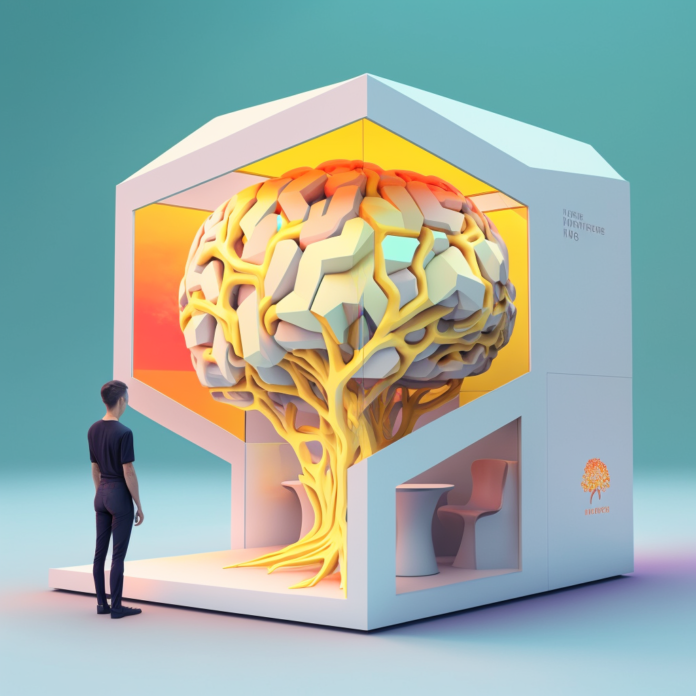Neuroarchitecture can be used in the construction of pop-up stores and other spaces to bring out the best experiences to the customers. This involves creating products with consideration of the consumers’ well-being, tuning their moods, and restoring their happiness. Creating Pop-up stores requires a lot of creativity to combine features that boost the user’s behaviour and their shopping experience.
The combinations of features like material, color, lighting, and so on help make the product appealing to the user. In addition, this can influence the customer’s behavior and ability to interact with the product and make the right purchase decisions.
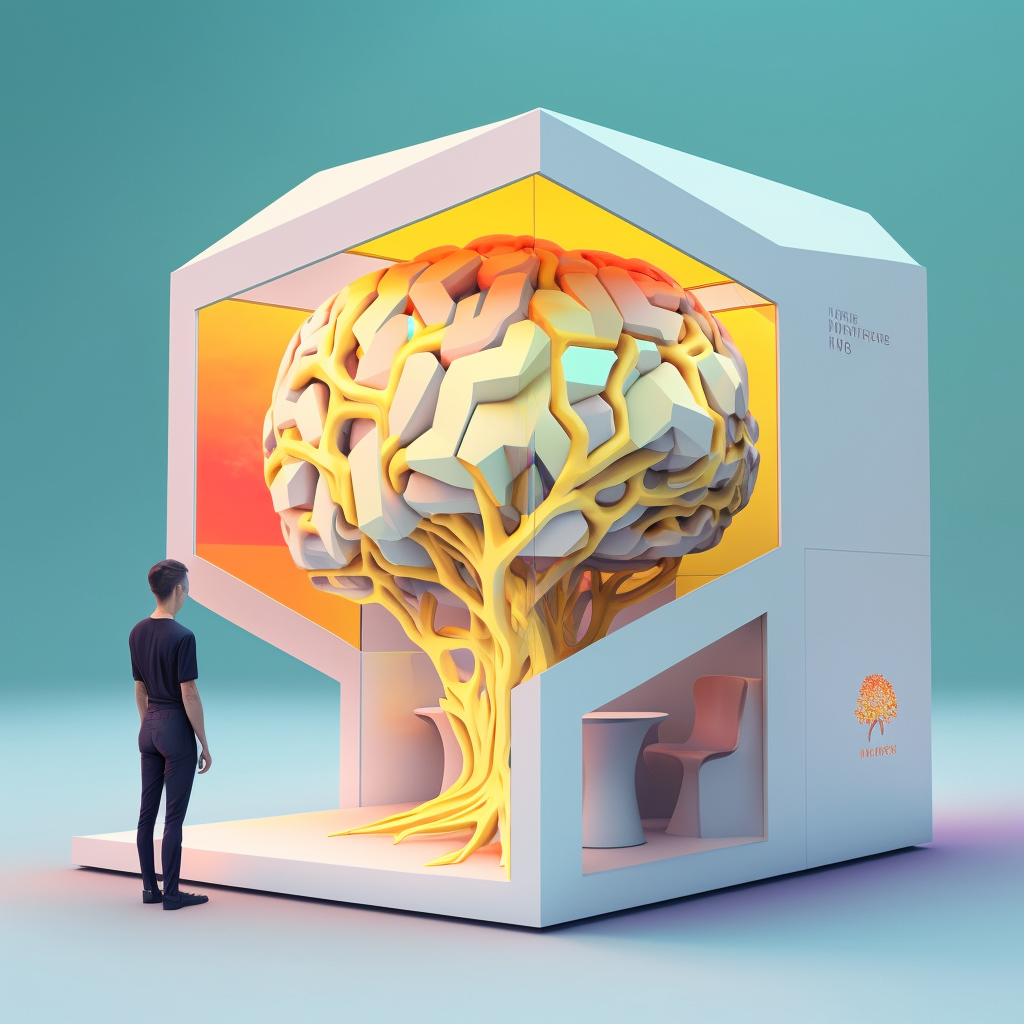
Neuroarchitecture considers various aspects of the human brain that affect human behavior and incorporates them into the building ideas. Therefore, the engineers use this information to create spaces that best support the product goals and meet customer needs.
Construction engineers should be up to date with the current trends to build buildings that best serve the customers’ needs. This can be done through collaboration with other experts in psychology and neuroscience to best understand different aspects of the human mind. Designers should keep exploring new ideas to help them develop brands that best meet customer needs.
Moreover, pop-up stores allow architects to use different components to create different user experiences. For example, wood can be used to make more artistic interiors, while metal can be used to build structures that are sturdy and more durable. Let’s look at various items that can be incorporated into neuroarchitecture to boost productivity.
Different applications of Neuroarchitecture in the construction of pop-up stores
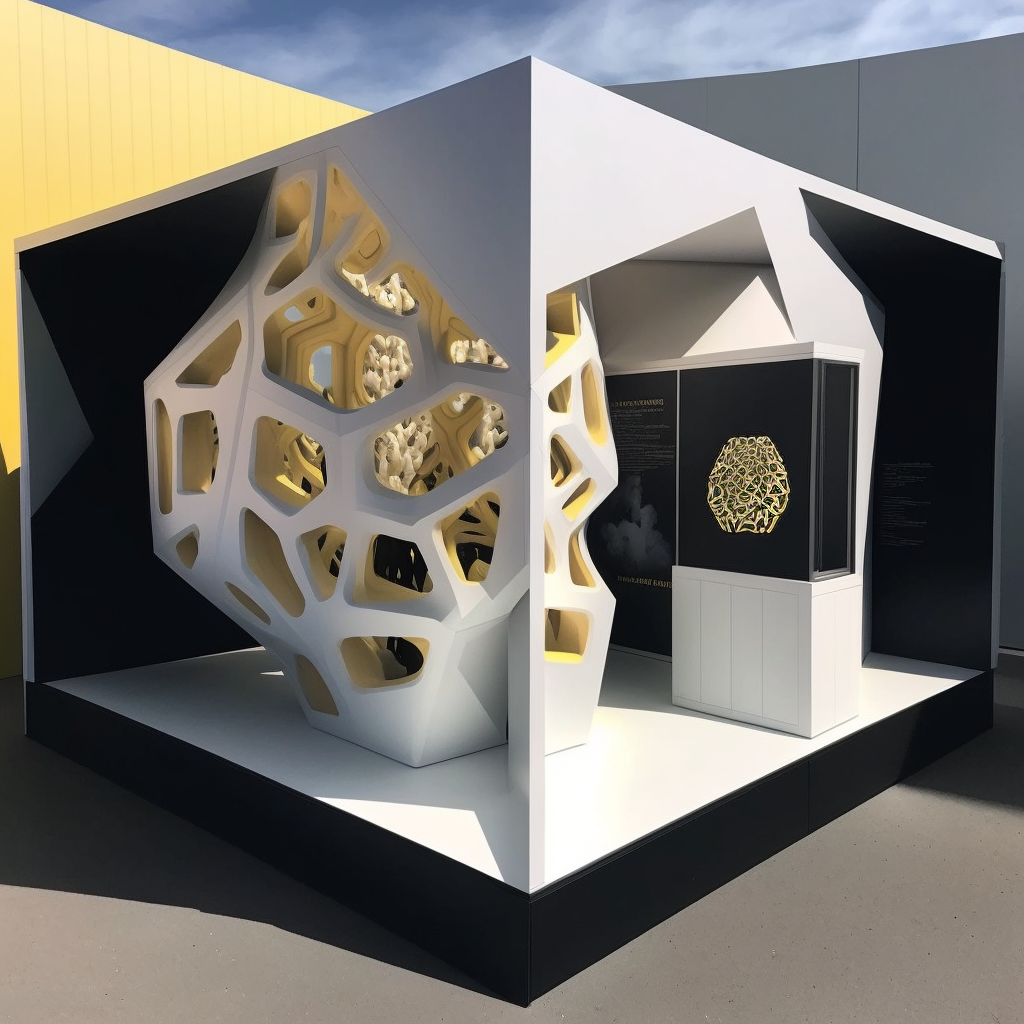
Bright Lighting
Designers and architects can use lighting to bring a sense of openness and relaxation. A retail space with enough light shows a great connection with the world than one that appears to be dull. Natural light has a great effect on the brain; it helps reduce stress. When the body is exposed to light, it produces more serotine hormones which trigger positive feelings of happiness. It can also help people with sleeping disorders improve their sleep patterns, boosting overall health.
Architects can now create more engaging products and derive sales by learning how the different design elements can affect the human mind. As customer experiences grow, technology also influences how customers interact with the market. Retailers can now focus on the best practices that can affect the brain and human behavior. Neuroarchitecture can use this information to impact the retail space in the future. But the business setting must be adaptive to the changing environment to remain productive.
Use of Robots to show Empathy and Automation
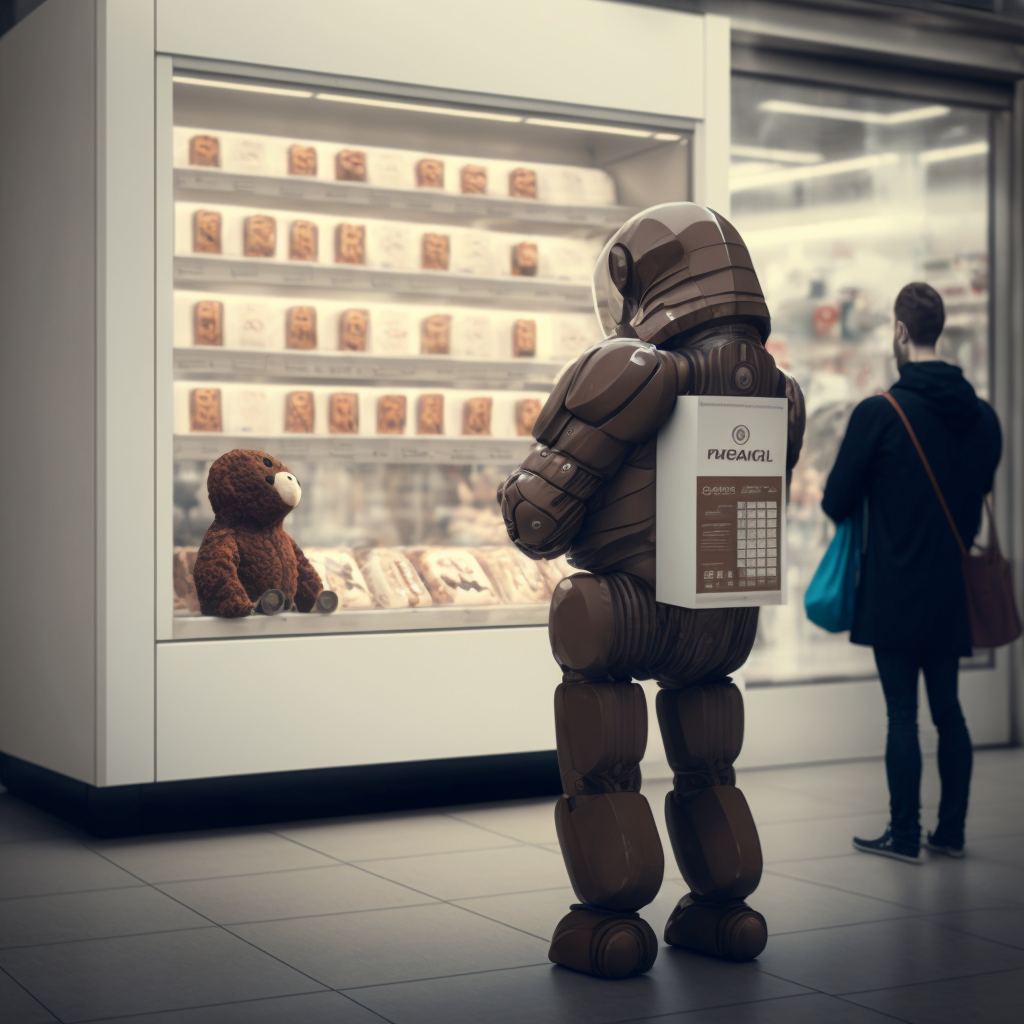
Although the use of Robots in neuroarchitecture may be very controversial, it can create a unique shopping experience. However, this must be done in line with the goals of the store. For example, using robots in a construction site may be a good idea, while the same concept may not be practical in an area like a hospital that requires a lot of interaction. Many patients may not feel comfortable interacting with robots, especially sharing sensitive information. In a nutshell, the use of Robots needs to be considered carefully so that they are used in a way that doesn’t compromise the brand goals and values. They should only be used to promote the behavior and shopping experience of the customers. Designers can use this information to create appealing and comfortable spaces for users.
Selection of Materials
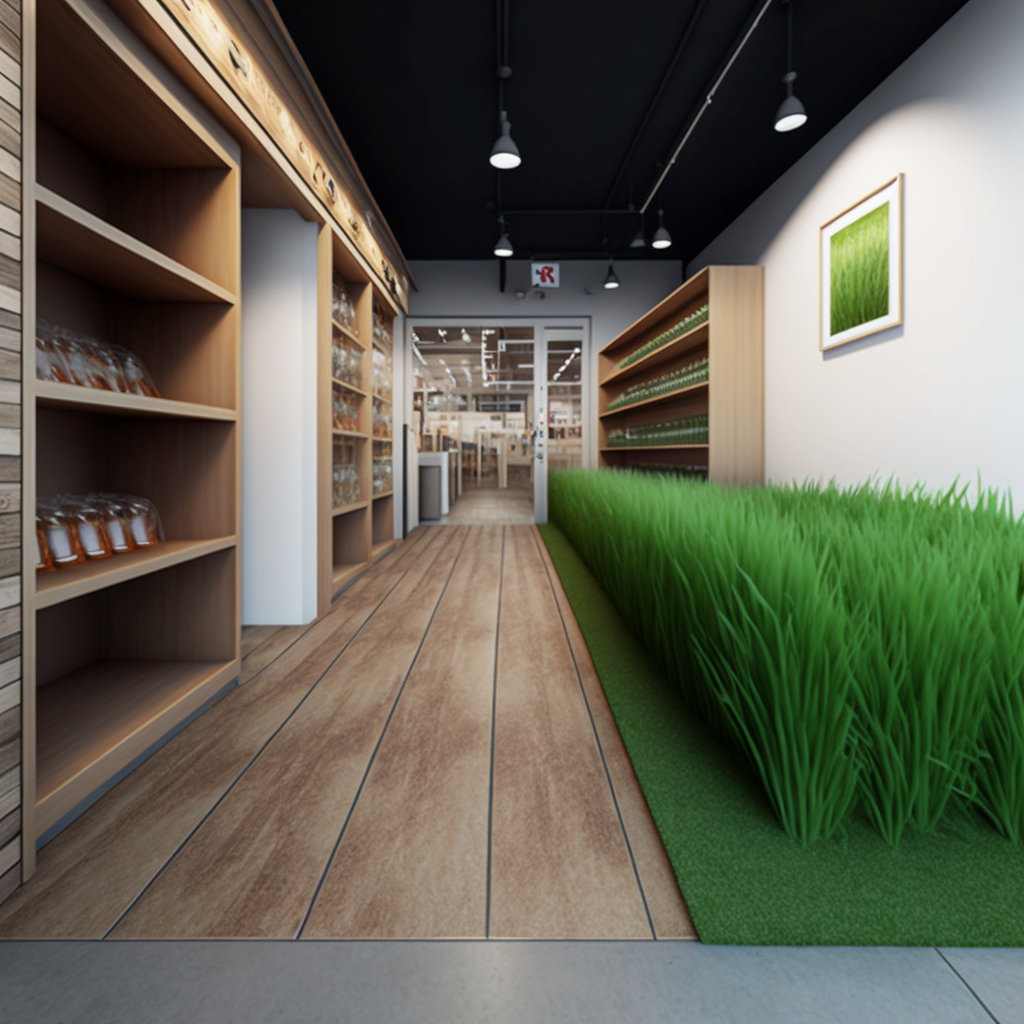
In Neuroarchitecture, the designer can use different items to bring out the space’s ambiance. So, different materials can bring a different feeling to the user. So, when creating a pop-up store, it is important to consider the user’s goals. Natural substances like wood bring a sense of connection, while things like glass give the building a modern design. While considering materials in the context of Neuroarchitecture, it is also important to consider the impact of such components on the environment. The use of environmentally friendly substances also boosts the sustainability of the product.
The use of eco-friendly items also affects the user’s perception, creates confidence in the quality of the product, and makes it appealing to the user.
When creating a retail space or a pop-up store, the choice of materials is important to create an atmosphere that supports the brand value and the customer’s needs. Different things can affect customer behavior differently and make the product more appealing. The choice of materials has a direct impact on the durability of the product.
Collaboration between the Designers and other stakeholders is crucial in the context of Neuroarchitecture to meet the needs and vision of the pop-up store. They can do so by exploring various designs and collecting customer insights. This will guide future designs and meet the customers’ demands better. Using creative designs encourages customers to spend more time in pop-up stores. Considering how different designs affect the brain and human behavior gives designers a chance to design more creative spaces to give the best experience to the customers.
Marketing trends

The success of a product lies in the marketing tactics of the sellers. A retailer could have the best products, but it’s meaningless if the consumers aren’t aware of such products. Online channels like social media and email marketing help reach the right consumers looking for the product. So the success of a pop-up store relies on its design and other elements that support the vision of the brand. Different elements affect the mind differently. Therefore, it’s important to be keen when selecting the location, marketing platforms, etc.
While minding the features of the pop-up store, it’s equally important to consider the location. High-traffic areas like busy streets are likely suitable for pop-up stores and retail spaces. But it’s also crucial to scan the local environment to reveal the target customers’ demographics. This will determine the overall success of the product in the market.
Use of Healing Plants
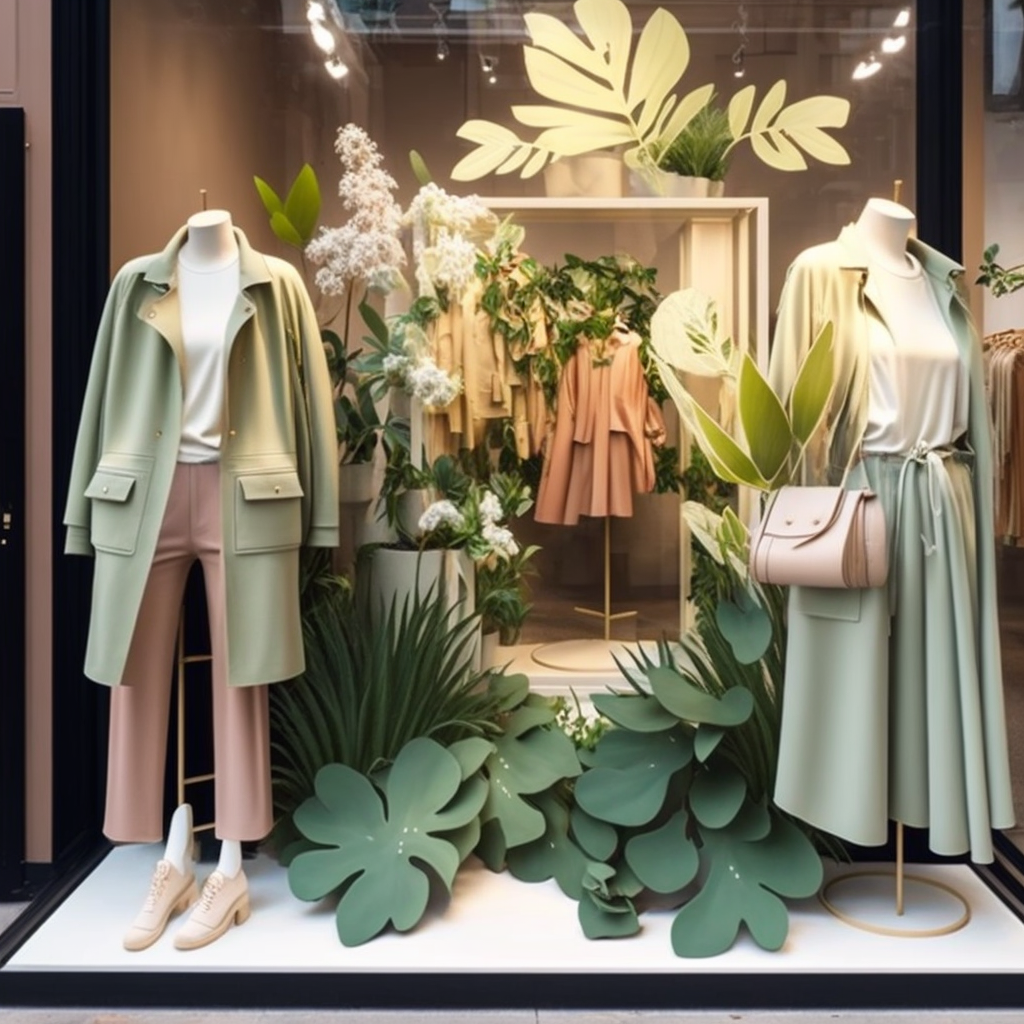
Have you ever wondered why you find some plants inside retail stores? Most people think this happens by chance or for decoration. Some plants in popup stores are meant to bring some ambiance to the environment. The use of plants in a retail store plays some ornamental role while simultaneously making the space look natural. Sometimes people take a nature walk to relieve stress and give their minds a break. Similarly, using plants in a popup store can be essential, but you must consider the store’s goals. Large plants can promote relaxation, while small plants bring ambiance and vibrancy to the store.
Nevertheless, it’s always important to consider the environmental impact of such plants. For example, you must ensure the place is well aerated, and the plants get enough water and light. Architects can use plants in the context of neuroarchitecture to enhance brand value and influence customer buying decisions. Architects can consider how plants affect customer behaviour and use them to make retail spaces more appealing to users.
Type of Furniture
The choice of furniture used in the pop-up store also affects the customer’s experience. People perceive different items differently, and the same transfers to the overall look of the pop-up store. For example, placing comfortable seats in offices brings a feeling of comfort and relaxation and makes the customers stay longer and explore the available items. It’s essential also to consider other factors like the durability of the furnishings. Never forget about the furniture’s environmental impact, which supports the project’s sustainability. By considering how the fittings affect the customers’ behavior, the designers can add features that make the retail space more user-friendly.
Colors Triggering Emotions
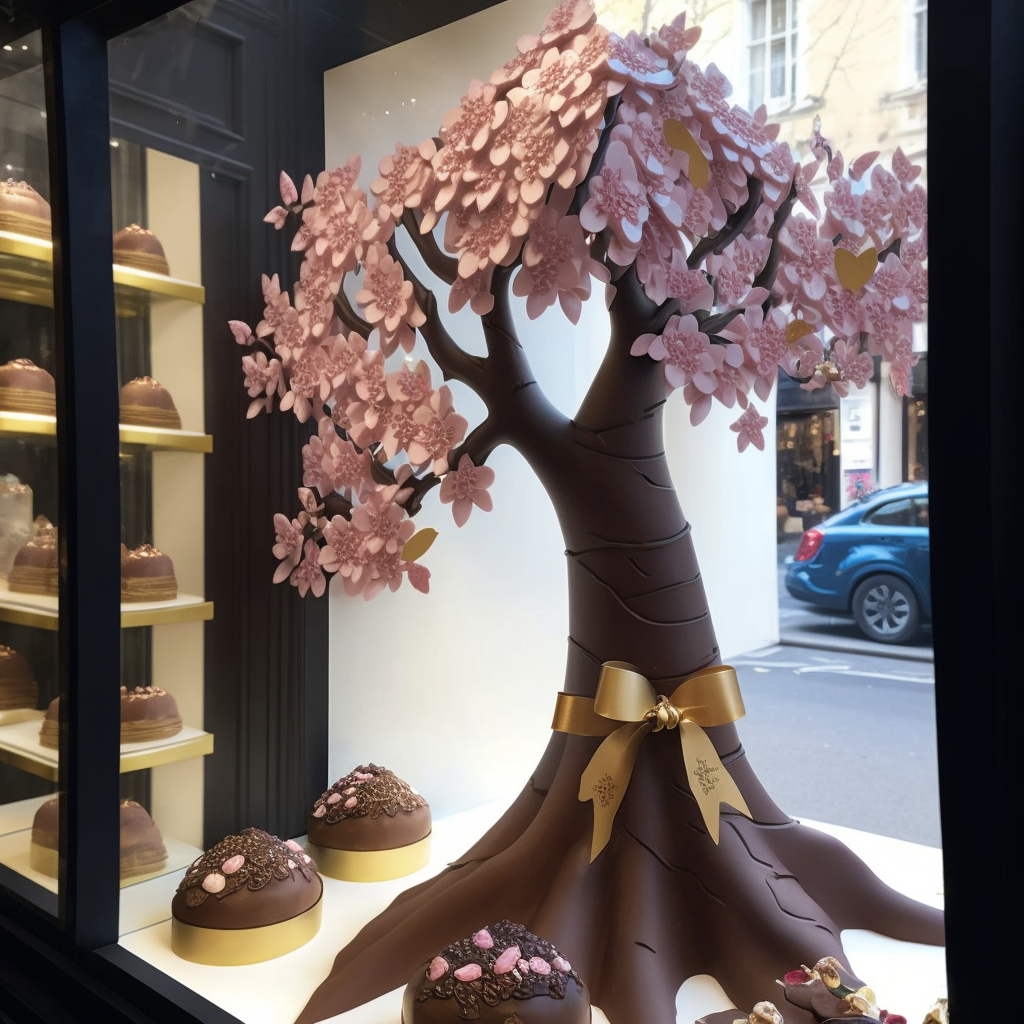
Have you ever wondered why hospitals use colors like blue, white, or green instead of red or black? Colors play a key role in creating the right atmosphere for the user. Some colors appear to bring ambiance and empathy, while others may instill fear. In the context of Neuroarchitecture, the right colors can bring the right feelings and trigger positive emotions. Creating a positive experience for the customers also helps boost sales by engaging the best customers’ shopping experience. Designers can consider how different colors affect the customer experience and use more appealing colors when building pop-up stores or other retail spaces.
Conclusion
Pop-up stores allow companies to test new brand concepts in a lower-risk environment. Designers must consider how design options affect the brain and overall behavior of the customers. Neuroarchitecture should be the first consideration by anyone considering starting a construction business. Designers should understand how different elements affect the customers’ experience and add the right product features to give the customers the best experience. It’s important to explore diverse design techniques to develop immersive customer experiences and increase sales. Retailers must keep scanning the market to identify any changes affecting their practices and adopt the best changes to remain in the competition.
Construction engineers can use the EpiProdux in their projects and build unique houses with the best features that bring emotional healing.
Frequently Asked Questions
-
What is Neuroarchitecture
The term neuroarchitecture is a combination of two words: Neuro and Architecture. Neuro means; involving the nervous system, while Architecture means designing and building structures. Neuroarchitecture looks at how the features of a structure affect the users’ brains and influence their behaviour.
-
Why is the Neuroarchitecture important in a pop-up store
Neuroarchitecture may be used to determine the best features that affect the users’ senses and best influence their purchase behavior. This determines the best features that should be involved when creating the product.
-
How is natural light relevant to the construction of a pop-up store
Natural light brings life to reality and reduces stress. With respect to Neuroarchitecture, the use of natural light when designing the pop-up store greatly affects customer behaviour and their purchase decisions.
-
Does the type of furniture used in a pop-up store matter?
The kind of seats, tables and other fittings in the pop-up store communicates the space’s overall ambiance. Comfortable fittings provide a comfortable platform for consumers and influence their behavior.


